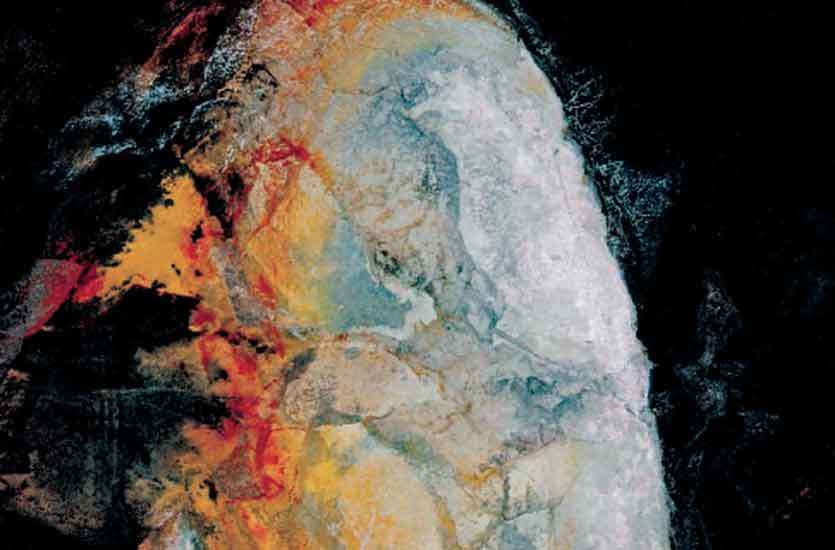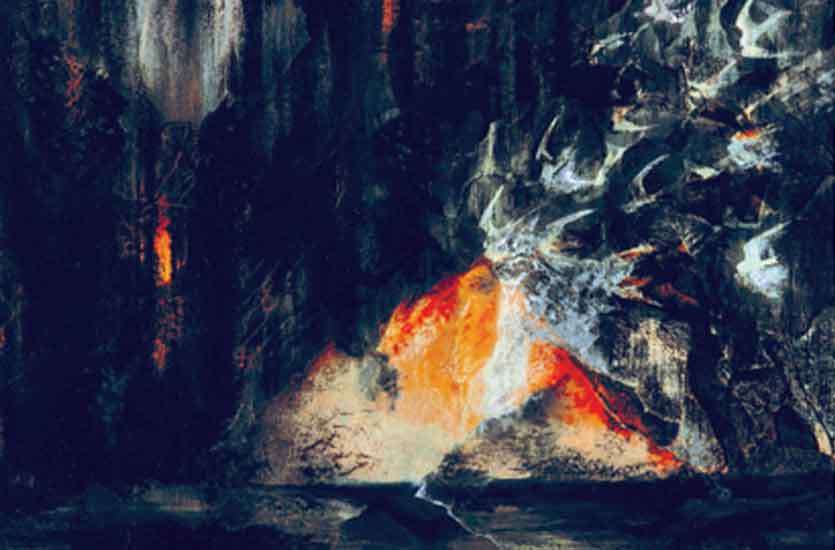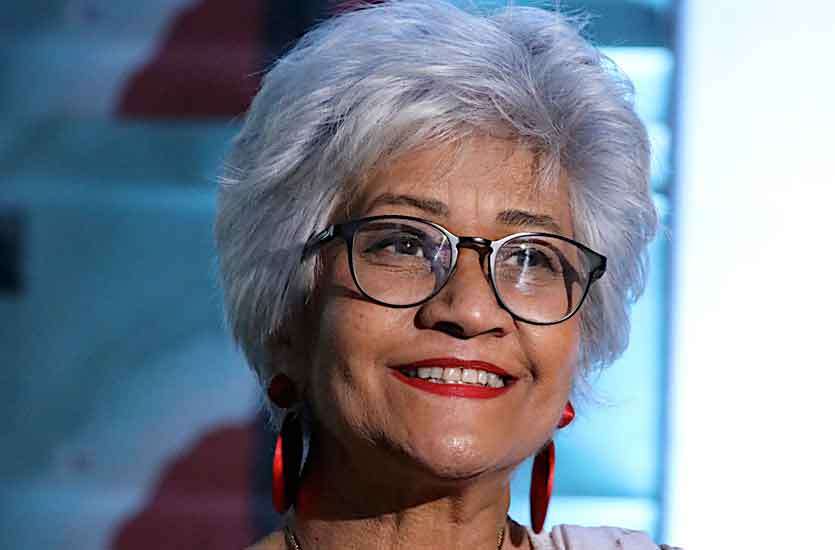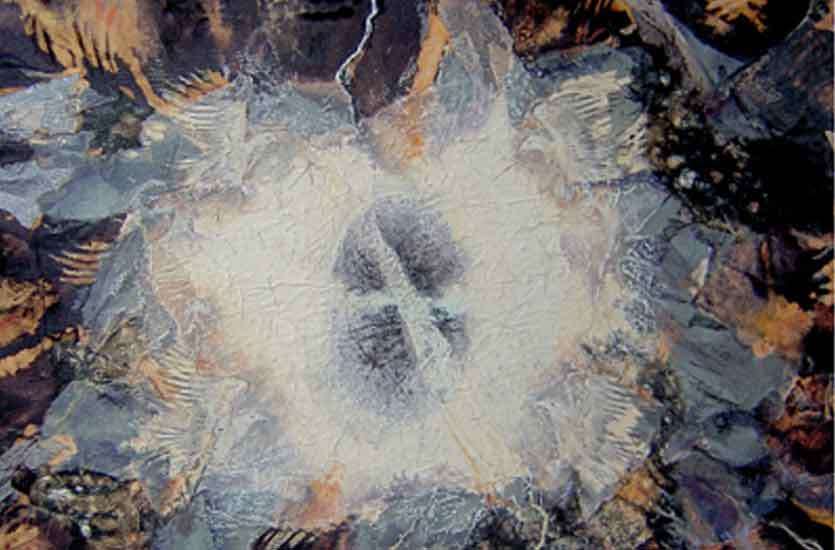
Sep 06 2019.
views 425This appears at first glance to be simply a stunning coffee table art book that dazzles with the quality of its reproductions and brilliant layout, but it is actually so much more. Here Anoma Wijewardena, a contemporary, internationally exhibited and respected Sri Lankan born artist has meticulously assembled the materials essential to understand the many multicultural influences on her, her intellectual and emotional journey and her developing techniques, so as to enable the interpretation and appraisal of her exhibited work over many years.

The artist was fortunate to have found a wonderful art director in Chris Sanderson, and designer in Micha Weidmann, both based in London. The layout is exemplary, with a contents page that facilitates navigation between Anoma’s own illuminating words in the foreword and process sections, a chronology of her life and a comprehensive list of the works which are often located in far flung cities of the world. This book is the only place where art enthusiasts will be able to engage with the artist’s work in its totality and the main body of the book consists of five major essays, alongside reproductions of the art from her many exhibitions.
Three essayists offer their particular interpretations of Anoma’s art in these different sections of her work, shown increasingly internationally. Gananath Obeyesekere, interpreting her art finds a deep spirituality with a Buddhist perspective. Jana Manuelpillai, discriminating owner of the Noble Sage Gallery in London who exhibited her work regularly for over a decade, sees her inhabiting a western tradition begun by the Romantic poets and the paintings of JWM Turner, where nature, in all its splendour and destructive potential, rules. Rosalyn D’Mello, widely published Delhi freelance art writer, examines the new forms of expression and multimedia installations resulting from her images of war destruction in the North in 2002, and the tsunami in 2004. Through her interpretation of Anoma’s prolific output she defines her voice “nurtured in personal pain and loss, developed in a productive solitude” as warning us all of the deep malaise of the world soul and inevitable catastrophic results of “psychic, psychological, social and environmental destruction”. Radhika Coomaraswamy writing for the exhibit Mi Casa Es Tu Casa similarly deduces Anoma’s vision of the need for a shared spirituality that bridges religious divides in a world where people of different ethnicities and religions increasingly live together.

Richard Simon, who also edited the book, ranges widely over Anoma’s past, tellingly assessing the effects of her reading, including poetry, love of music and challenging life experiences on the development of her art. He finds her more a citizen of the world, and her art likewise. Jane Rapley, Professor Emerita and the former Head of Central Saint Martins, University of Arts, London, tackles the artist’s formative years up to her return to Colombo in the 90’s and covers her early years in a cultured, cosmopolitan family. She attributes Anoma’s formidable work ethic and design talents to her time spent as an undergraduate at Central Saint Martins, where she developed into a bubbly and freewheeling, adventurous personality which was the perfect combination for an exciting freelance career in London in textile design. A cover for Vogue, followed, and she also proved to be an excellent lecturer in the best design institutions in England. She started exhibiting her paintings, while still designing, when she left London for a quieter lifestyle in Bath with the man she married. The sudden collapse of this 18 year relationship in 1996 saw her return first to London, and then to Colombo where she immersed herself fully in her painting.

Anoma confesses to admiring several contemporary artists, film makers, the poet Rainer Maria Rilke and the music of Richard Wagner. Her travels to wild and stunning places have a recurrent influence, as does the beauty of the natural world in Sri Lanka. Anoma says her work evolves slowly from inspiration, through half formed ideas, sketches and the trial of techniques until a state of grace is achieved, concentration is complete and all else fades.

For Anoma ‘The artist’s true reward lies in the process itself’. Surely this body of work, the monograph, which was seven years in the making, also offers deep satisfaction.
A limited edition of the monograph ‘Anoma’ will be available from the 10th September at the Barefoot Bookshop and Urban Island, Colombo.
0 Comments